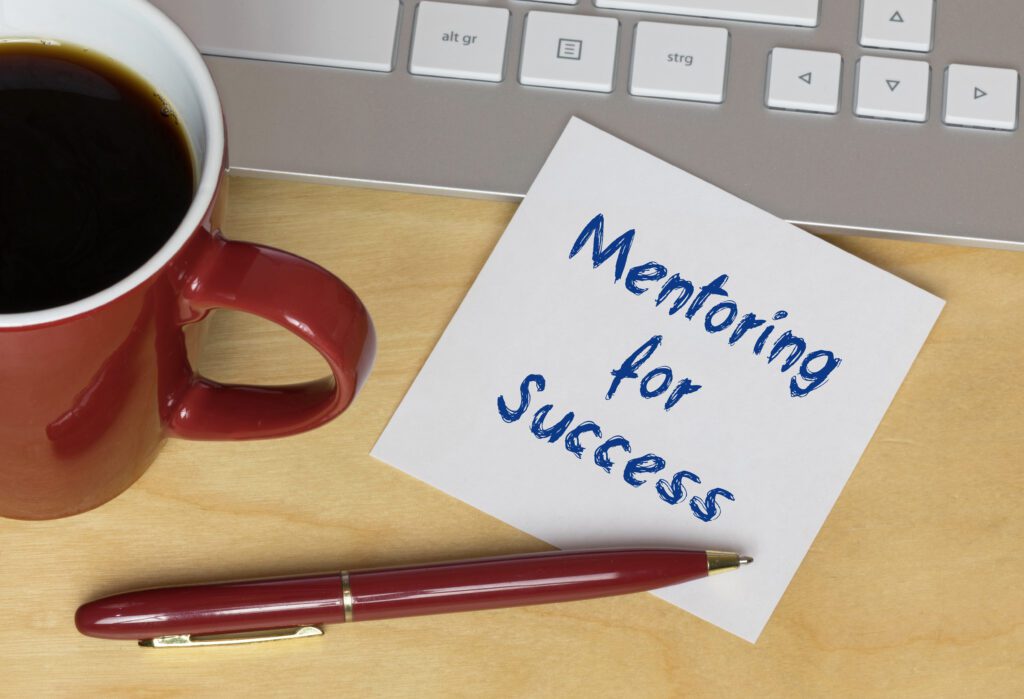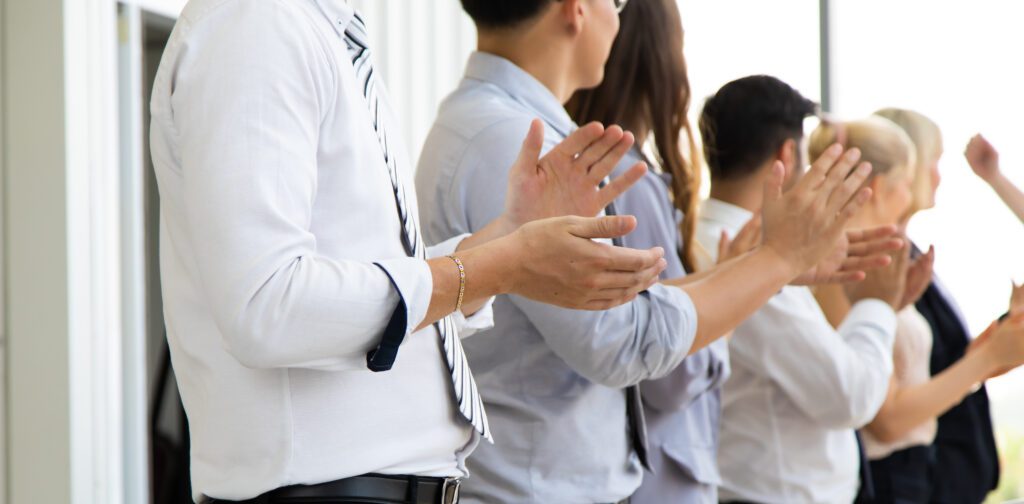The Art of Fashion Photography at Seeya Fashion Week
Fashion photography is a vibrant, powerful medium that captures the essence of style and design. It takes a skilled eye and a deep understanding of light, composition, and storytelling to truly elevate a garment from mere fabric to an object of desire. Seeya Fashion Week is a dazzling showcase of emerging trends and creative expression, and as such, provides a rich backdrop for exceptional fashion photography.

Capturing the Essence of Design
Fashion photographers working at a prestigious event like Seeya Fashion Week face the challenge of not only documenting the clothing but conveying the mood and spirit of each designer’s collection. Here’s how:
- Understanding the Vision: Collaborating with designers to grasp their inspiration and the unique story behind their pieces is critical.
- Lighting: Whether it’s the dramatic runway or a backstage studio setup, lighting sets the tone. It brings out textures, shapes, and the overall feel of an image.
- Angles and Focus: Highlighting key details of a garment, whether intricate embroidery or bold silhouettes, is an art itself. Angles can create drama or emphasize a garment’s flow.

The Runway: A Dynamic Stage
The fashion runway isn’t merely a path for models to walk; it’s a theatrical stage where garments come to life. For photographers, it’s a challenging yet thrilling arena.
- The Choreography of Clothing: Capturing the fluidity of fabric as a model turns, or the way a bold design cuts through the air, is all about timing and anticipating movement. It’s akin to photographing a dance performance.
- The Power of the Pose: Even within a model’s walk, there are those iconic split-seconds where the garment, the attitude, and the lighting converge. Recognizing and seizing those moments separates exceptional runway photography from mere snapshots.
- Lighting’s Dance: Runway lighting is specifically designed to highlight clothing but can be harsh and change rapidly. Skilled photographers adjust on the fly, using the interplay of light and shadow to sculpt the image and add drama.

Techniques for Capturing Motion
- Blurred Motion: Intentionally slowing the shutter speed can create a sense of dynamism, with streaks of color emphasizing the fluidity of a garment or the energy of a model’s stride.
- Panning: Moving the camera in sync with the model keeps the subject sharp while creating a blurred background, heightening the sense of movement.
- Multiple Exposures: Overlaying several images of a model from different points in their walk can create an artistic, almost abstract sense of motion, perfect for editorial spreads.
The Emotional Impact of Runway Photography
Great runway photography isn’t just about documenting the clothes; it’s about conveying these intangible aspects:
- Attitude: Capturing a model’s determined stride, a fierce gaze, or even a playful smile tells a story about the garment, making it aspirational.
- The Energy of the Audience: Subtle glimpses of the crowd – their reactions, their focused attention – lend context, making viewers feel as though they are a part of the fashion event.
- The Ephemeral Nature of Fashion: The runway is a moment in time. Exceptional photographs capture that fleeting beauty and the anticipation that builds before the curtain falls on a designer’s collection.
Backstage: Where the Magic Unfolds
The backstage realm of a fashion show is a whirlwind of controlled chaos – a treasure trove for photographers seeking raw, intimate, and visually compelling moments.
Types of Backstage Photography
- Candid & Documentary: This style excels at capturing the rush, the last-minute adjustments, and the focused energy as designers, models, makeup artists, and stylists bring the show to life. It’s about finding those unguarded moments that reveal the human element within the spectacle.
- Detail-Oriented Still Lifes: Focusing on accessories piled on a table, a makeup brush poised near a model’s face, or the intricate beading of a gown allows the viewer to appreciate the craftsmanship and detail often lost in the fast-paced runway show.
- Impromptu Portraiture: Backstage areas often have pockets of unusual lighting or interesting textures as backdrops, making them ideal for unexpected portraits. These capture not just the beauty of the models but also their pre-show personalities – the excitement, nerves, or quiet focus.

The Art of Backstage Storytelling
A skilled backstage photographer can weave together images to tell a captivating visual story of the show’s creation:
- The Transformation: A series of images showing a model going from bare-faced to runway-ready highlights the power of makeup, hair, and styling.
- The Designer’s Touch: Capturing a designer pinning a sleeve, adjusting a neckline, or offering words of encouragement adds depth and personalizes the collection.
- Juxtaposition: Contrasting images of calm preparation with the frenzy of the runway showcases the duality of the fashion experience.

Technical Considerations for Backstage
- Working in Tight Spaces: Agility is key! Moving quickly while respecting the work of others is essential in the crowded backstage area.
- Ethical Considerations: It’s vital to gain permission and be respectful of those working behind the scenes, especially models in various states of dress.
- Lighting Challenges: Backstage lighting is usually chaotic – a mix of harsh fluorescents, warm spotlights, and unpredictable shadows. Photographers must be prepared to adapt quickly.

The Unique Power of Backstage Photography
While the runway embodies the glamour of fashion, backstage images offer a different allure:
- Intimacy: They pull back the curtain, showcasing the labor and artistry that make the runway magic possible.
- Authenticity: The rawness of backstage photos feels genuine compared to the polished runway presentation, satisfying viewers’ curiosity.
- Humanizing Fashion: Backstage images remind us that fashion is the work of passionate individuals, not just an abstract spectacle.
The Power of Post-Production: Realizing the Artistic Vision
While the foundation of exceptional fashion photography lies in the photographer’s skill on set, post-production offers powerful tools to elevate the final images to their full potential.
Key Post-Production Techniques
- Color Mastery: Color correction and grading are crucial. It might be ensuring colors match the garments perfectly, adjusting to compensate for challenging lighting conditions, or creating a cohesive color palette for an entire spread that evokes a certain mood.
- Precision Retouching: Removing minor blemishes, smoothing flyaway hairs, or subtly refining a garment’s lines polishes the image without altering its essence. However, this must be done ethically to avoid unrealistic beauty standards.
- Background Manipulation: Removing distracting elements from the runway or backstage, or replacing them entirely, allows full focus on the fashion.
- Compositing: Creating dynamic collages from multiple shots for fashion editorials combines elements in fresh, exciting ways that wouldn’t be possible in a single image.

Beyond Technical Refinement: Post-Production as a Creative Tool
Post-production allows photographers to push their creative boundaries:
- Enhancing the Atmosphere: Subtle adjustments to contrast, saturation, or the addition of film-like grain can reinforce the mood of the shoot – whether it’s edgy, nostalgic, or vibrantly modern.
- Surrealism & Special Effects: Fashion photography often plays with the fantastical. Post-production is where dreamscapes can be crafted, garments can defy gravity, or other visual impossibilities are made into reality.
- Storytelling Through Subtlety: Tiny alterations, like adding a glint of light on a piece of jewelry, or adjusting the direction of a model’s gaze, can subtly guide viewers’ eyes and enhance the narrative within an image.
The Importance of Ethical Post-Production
The power of post-production carries with it a responsibility. It’s crucial to utilize these tools to enhance a photograph, not to create false representations:
- Body Positivity: Altering a model’s body shape or size promotes unrealistic beauty standards and can be harmful. Instead, the focus should be on celebrating natural beauty and diversity.
- Transparency: Significant manipulation, especially when used for commercial purposes, should be disclosed to the viewer to maintain honesty and integrity in the image.
Fashion Photography and Post-Production: An Inseparable Pair
Just as a designer might make final tweaks to a couture gown, post-production is where the photographer refines their vision. It brings together technical adjustments with an artistic touch to create the truly captivating and evocative fashion images that inspire us.
Seeya Fashion Week: A Canvas for Creativity
Seeya Fashion Week pulsates with innovation and artistic expression. Emerging designers showcase their daring visions, pushing the boundaries of what fashion can be. But this vibrant event isn’t just about the clothes themselves – it’s a celebration of the complete spectrum of fashion artistry, including the specialized photography that elevates every element.
Fashion Photography in all its Forms
At Seeya Fashion Week, photographers of various specialties weave their magic:
- Makeup Photography: With a focus on detail and color, makeup photographers capture the transformative power and finesse of the artists behind the scenes. Their images elevate makeup into wearable art.
- Photography for Designers: These photographers tell the story of a collection, from the intricate details of the garment to the energy of the runway. They are visual storytellers who immortalize the designer’s vision.
- Photography for Models: Skilled fashion photographers highlight not just the model’s beauty but their ability to embody a garment’s spirit. Poses, expressions, and lighting convey a powerful visual narrative.
A Celebration of Collaboration
The magic of Seeya Fashion Week lies in the intricate collaboration. Designers, stylists, models, makeup artists, and photographers from diverse specialities come together to create a breathtaking spectacle. Each photographer’s skilled eye captures the culmination of these efforts, translating the fashion experience into enduring images.
Fashion: Wearable Art for a Global Audience
Through the powerful lenses of fashion photography, the world gets a glimpse into the audacious and innovative spirit of Seeya Fashion Week. These captivating images travel far beyond the runway, reaching a global audience and sparking conversations about style, beauty, identity, and the ever-evolving world of fashion.
Seeya Fashion Week is more than just a fashion show. It’s a celebration of human creativity in every thread, every brushstroke, every flash of light. It’s a testament to the power of fashion photography in all its forms to elevate the ordinary, transform the expected, and inspire us with the limitless potential of wearable art.
- Lighting Challenges: Backstage lighting is usually chaotic – a mix of harsh fluorescents, warm spotlights, and unpredictable shadows. Photographers must be prepared to adapt quickly.



